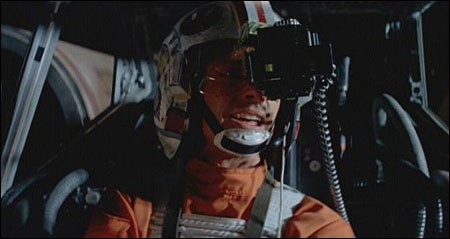
Visual aid via cutting-edge technology seems to be around as a concept for a very long time, playing an integral role in science fiction novels, films and video games, aiding their main characters to accomplish some of their most difficult tasks. It seems that we have reached a point that it is more than ever safe to say that visual aid enhanced by state-of-the-art microcomputer hardware and software may become part of our own everyday lives at long last! Of course, we are not talking about destroying death stars. We are talking about accomplishing our everyday tasks, despite any vision deficiencies that we may be facing.
SeeFar is an integrated system comprising of state-of-the-art hardware and software aiming at enhancing both the overall visual experience of the people using it and the well-being of people as they age. Its main target groups are the ageing workforce that struggles with various eye conditions and Ophthalmology experts that constantly try to develop new ways to diagnose eye conditions and facilitate the everyday activities of the people suffering from them.
The hardware that is being developed for the project consists of a pair of glasses that incorporate many features such as augmented reality lenses and gaze-tracking cameras, as well as a powerful tethered unit that provides a platform capable of collecting large amounts of data from the glasses, processing them and projecting information and objects on the augmented reality lenses.
Recently, the integration phase began for the latest SeeFar hardware prototype. The prototype pair of glasses consists of:
- A pair of augmented reality lenses for displaying objects and information within the field of view of the person wearing them.
- A pair of gaze tracking cameras for tracking the movement of the pupils.
- A depth perception camera for automatically detecting the distance of various objects and people around the person wearing the glasses.
- A number of additional sensors such as:
- Accelerometer, gyroscope and magnetometer that can help determine the direction in which a SeeFar glasses user is moving and his/her orientation.
- Ambient light sensor for detecting the amount of ambient light present in the user’s environment.
- Capacitive buttons, to which shortcuts and functionalities can be assigned.

